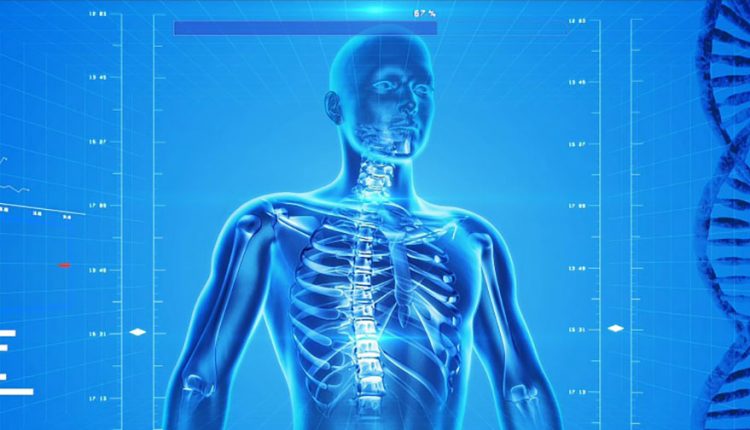Healthcare electronics is rapidly deploying for wellness, electroceuticals, intrusive medical procedures and more, powered by new technologies. Much of it is trending to diagnostics and treatment on the move and removing the need for the patient to perform procedures on time. Instruments become wearables including electronic skin patches and implants.
The IDTechEx Research report, ‘Piezoelectric Harvesting and Sensing for Healthcare 2019-2029’ notes that preferably sensors should be self-powered, non-poisonous even on disposal and many need to be biocompatible and even biodegradable. We need to detect biology, vibration, force, acceleration, stress and linear movement and do imaging. Devices must reject bacteria and be useful in wearables and Internet of Things nodes. Preferably we must move to one device performing multiple tasks.
So is there a gymnast material category that has that awesome versatility? Piezoelectrics has a good claim. It measures all those parameters. That even includes biosensors where the piezo senses the swelling of a biomolecule recognizing a target analyte. The most important form of self-powered (one material, two functions) piezo sensing is ultrasound imaging, a market growing at 5.1% yearly. The IDTechEx Research report, ‘Piezoelectric Harvesting and Sensing for Healthcare 2019-2029’ looks at what comes next based on global travel and interviewing by its PhD level analysts in 2018 with continuous updates.
Piezo is already sold as a variety of self-powered sensors but there is more to come. It is reinvented as paint, as layers on integrated circuits and in microelectromechanical systems MEMS chips. New applications for lead-based ceramics in new formats are revealed but polymer film comes center stage. New piezotronics means piezoelectric doubles as semiconductor. Piezo-phototronics takes that up a notch. Light modulation enhances performance of photocells, sensitivity of photodetectors, efficiency of an LED, even strain-controlled LED emission directly images force/pressure distribution on the device with micrometer-resolution.
The resulting piezopotential gated diodes, strain sensors, force/flow sensors and more revealed in the report promise to be invaluable in healthcare. Where needed, one will even map of the pressure distribution on a surface. Easy to integrate with photonic technologies for fast data transmission, processing and recording, enable the development of highly intelligent human-machine interfaces? A major step towards on-chip recording of mechanical signals by optical means, yet another case of multi-functionality? Hospital pad, pillow and bolt sensors using piezos revealed in 2018 look promising but so do harvesters implanted on the heart and many other emerging capabilities discussed.
The IDTechEx Research report, ‘Piezoelectric Harvesting and Sensing for Healthcare 2019-2029’ starts with an Executive Summary and conclusions sufficient for those with limited time to grasp the emerging capabilities, issues and dreams with market forecasts for the piezoelectric harvesting and sensing systems, transducers and materials. Chapter two is the introduction giving the global healthcare situation and how energy harvesting and particularly sensors are increasingly vital. Piezoelectrics are at the heart of that. Chapter four Fundamentals goes deeper into the operating modes, theory, chemistry and electronics involved even embracing routes to biodegradability.
Chapter four reveals inspiring examples of present and future piezoelectric harvesting and sensing in healthcare. It draws lessons from this. Finally Chapter five profiles 13 interesting organizations involved in researching, manufacturing and integrating harvesting and sensor piezoelectric devices and materials for healthcare.

